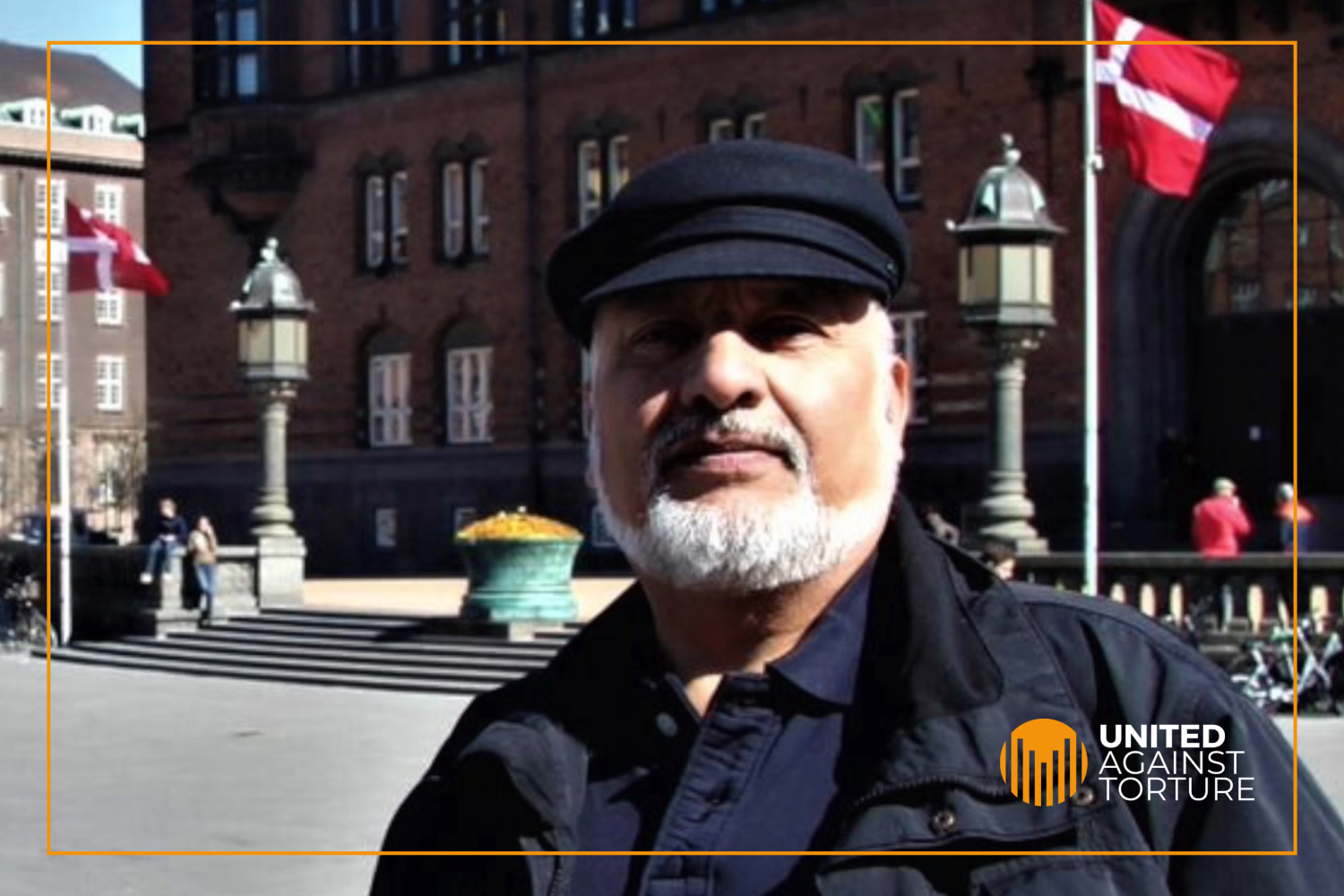
Paying Tribute to Survivors: Manuel’s Story
The Sun Shines: Manuel’s Story
“I was taken to a room of which I never knew the colour of the walls.”
Manuel Rojas Boyán was tortured by the Bolivian military for his role in opposing the dictatorship in Bolivia in the 1970s.
During his ordeal, Manuel came close to total despair.
“I actually think that there is perhaps no other point that could be more damaging. That you totally lose all notion of time. I mean, you don’t know if you’re on this planet, or where you are, what you are.”
The pain and suffering of Manuel’s torture by the Bolivian military was made all the more severe by systematic psychological torture, and its mental impact. Those two elements, physical or mental suffering intentionally inflicted by the State, form the core elements of the Article 1 definition of torture in the Convention Against Torture, adopted by UN General Assembly 40 years ago.
Speaking to the International Rehabilitation Council for Torture Victims (IRCT), a partner of REDRESS in the United Against Torture Consortium, 50 years on from his ordeal – his first such interview – Manuel explains that the coping mechanism for his torture gave him the simple but beautiful title of his memoir of that time: The Sun Shines.
Manuel explains: “Then, since nobody spoke to me, I had no contact with anybody, except for that plate that came through the hole that was at the bottom [of the cell door]. So, I would try to talk to the person who brought me the food, I would say, ‘Hey, what’s your name? How are you? Tell me something’. Nothing! He wouldn’t answer me. They were forbidden to talk to me. Then, one day it occurred to me, to ask, ‘Is the sun shining, is it sunny?’ And until now I’m not sure if he answered me or I imagined it. ‘Yes.’ Just one word. So, for me, the question, ‘The sun is shining?’ it was a way of showing myself that I was alive. The sun shines. Because for me it is to return to life, to feel the brightness of the sun, the warmth of the sun that brings me back to life.”
Manuel’s story is one of incredible resilience. Escaping as a refugee from Bolivia to Denmark, Manuel was one of the first torture survivors to go through a rehabilitation programme under a pioneering partnership between Danish doctors and Amnesty International. He went on to earn a PhD in anthropology, reconnect with his children, and use his newfound purpose to campaign for the human rights of the indigenous people of Lake Titicaca. The doctor who treated him, Inge Genefke, went on to establish the global network of torture rehabilitation centres that is the IRCT.
Despite all that he suffered, Manuel’s message is unequivocal.
“I wouldn’t change a single thing of all that I have experienced. I am who I am now because of what I went through… I would invite anyone following my story, or anyone who has been a victim of torture themselves, to think: ‘It is possible. We can do it!’”
The documentary film, ‘The Sun Shines: Manuel’s Story’, detailing Manuel’s experiences and the use of the CIA’s KUBARK Counterintelligence Manual in Latin America, will premiere in Spanish during the 20th Cineteca De Derechos Humanos in Bolivia in October.
